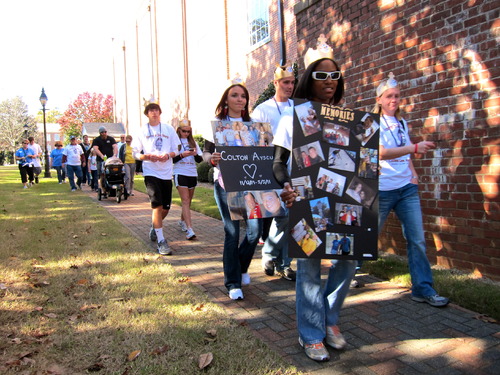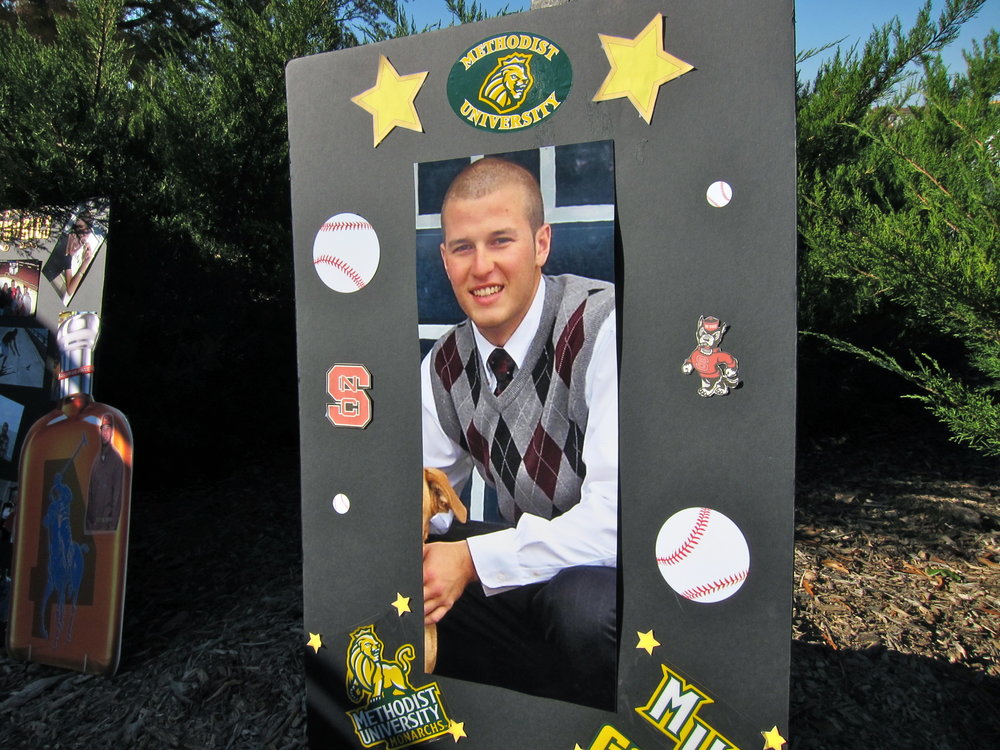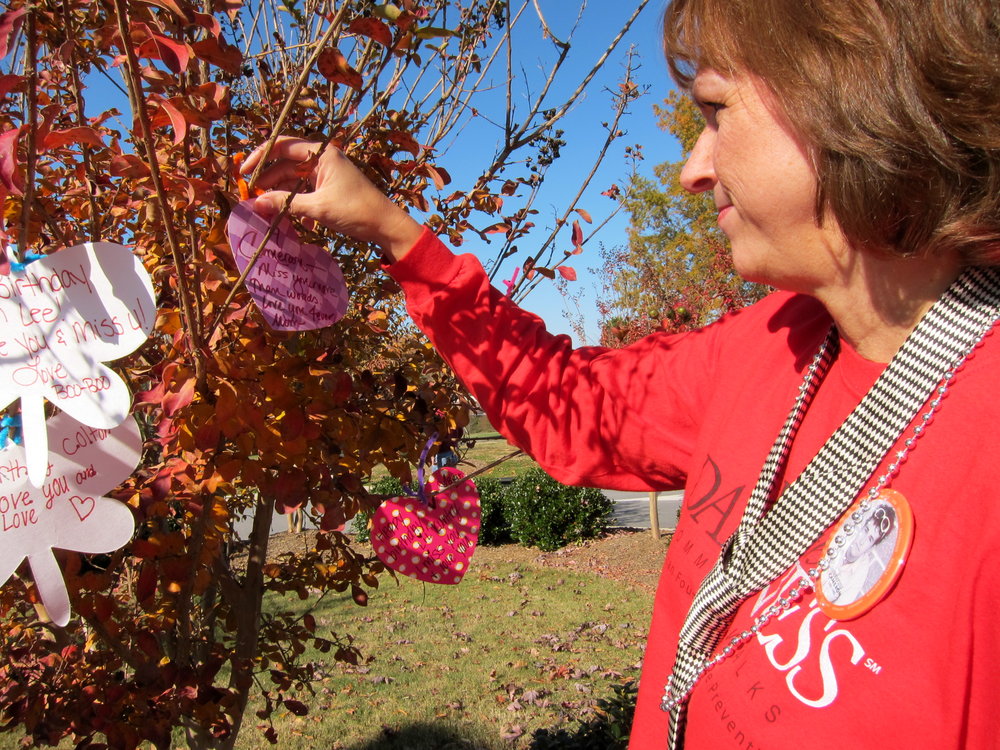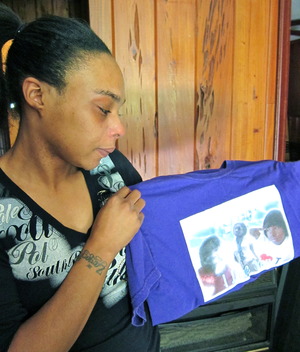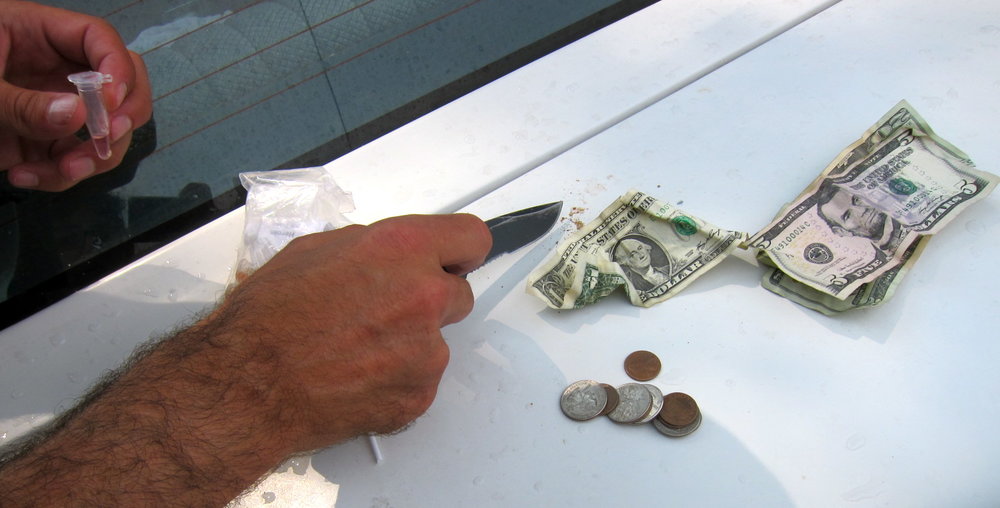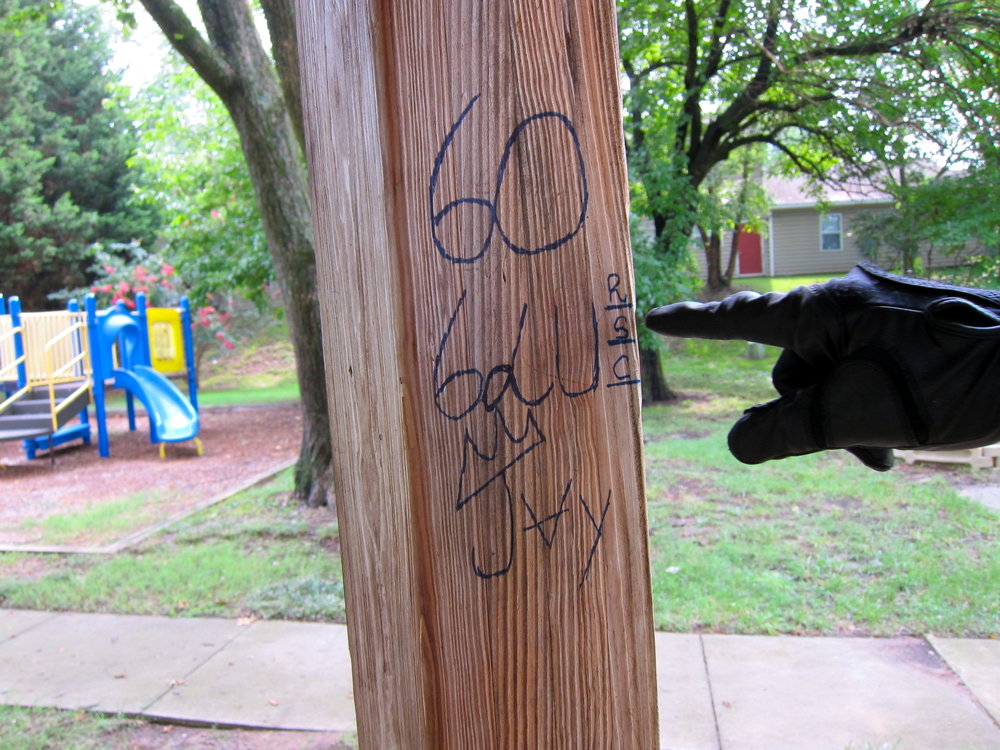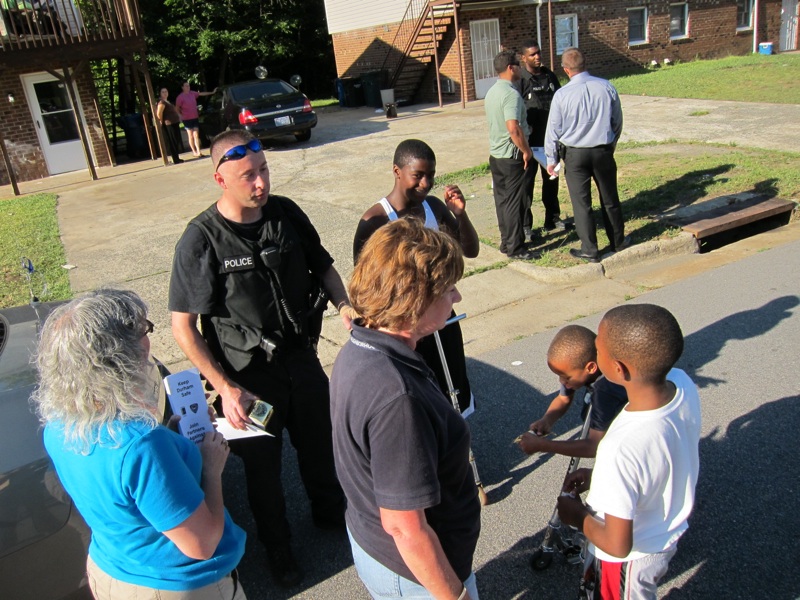‘War Toy’ Swap Yields Lessons for Kids and Parents
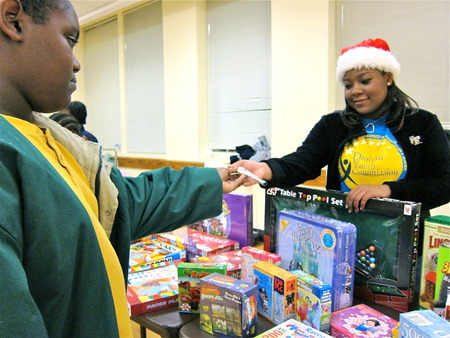 Justice Drayton Collins,11, hands his toy gun to Tatiana DeBerry, Jordan High School student, during the “Peace Toys for War Toys” swap Dec. 1 in Durham. Photo by Leanora Minai.Justice Drayton Collins stood before a long table stacked with stuffed animals, puzzles, and board games. He picked up a new game in one hand, and in the other hand held tight to his tattered toy western gun with a silver muzzle and white plastic handle.
Justice Drayton Collins,11, hands his toy gun to Tatiana DeBerry, Jordan High School student, during the “Peace Toys for War Toys” swap Dec. 1 in Durham. Photo by Leanora Minai.Justice Drayton Collins stood before a long table stacked with stuffed animals, puzzles, and board games. He picked up a new game in one hand, and in the other hand held tight to his tattered toy western gun with a silver muzzle and white plastic handle.
“Should I get the checkers, chess and tic-tac-toe all in one, or the amplifier and microphone,” he asked a friend standing nearby.
Justice, 11, then handed over the old toy gun, swapping it for the new amplifier and microphone.
That exchange was just what organizers of “Peace Toys for War Toys” hoped would happen Thursday night in the Community Family Life and Recreation Center at Lyon Park in Durham.
“Many kids are very willing to get rid of their toy guns and knives and come in and get a brand new toy,” said Gail Neely, assistant director of North Carolinians Against Gun Violence, which hosted the Dec. 1 event. “Hopefully, they’ll start playing, and in turn, learn to be more cooperative in the world and have a more peaceful existence than bang, bang shoot ‘em up, which is what a lot of kids are living with in reality.”

“Hi, everybody!” Tatiana DeBerry, Jordan High School student and member of the Durham Youth Commission, exclaimed as the first throng of children approached the tables to pick a toy.
Jenny Uba, 10, found herself torn over the offerings. She couldn’t decide between a diary with a heart-shaped lock and a star-shaped wristwatch.
“You can write in it, all the thoughts that you feel,” said DeBerry, who wore a Santa hat.
Jenny, whose mother brought canned food to donate, picked the watch.
“I think it will help me know what time it is,” Jenny said.
Neely said the exchange educates parents on the impact toys have on teaching children about violence and ways to resolve conflict.
“It’s more for the parents to get them thinking about what they want the child to learn when they’re giving that gift or buying a toy for their own child,” she said. “The toy is a learning tool.”

